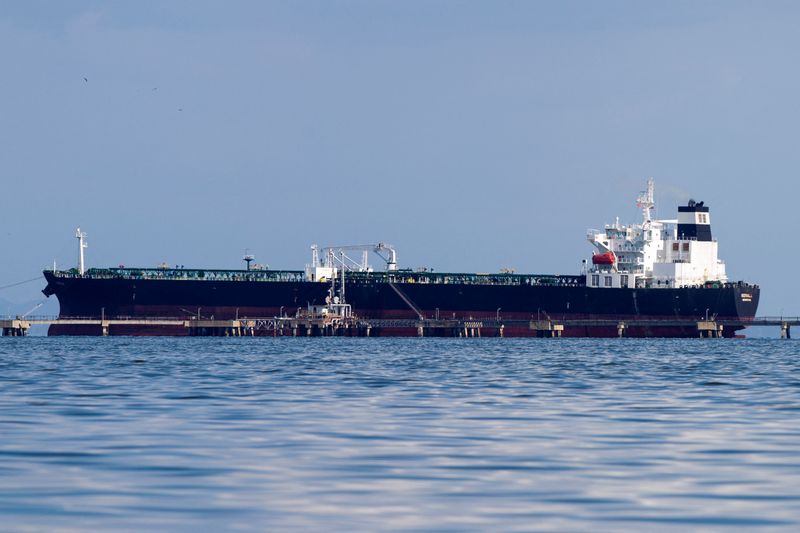By Colleen Howe
BEIJING (Reuters) – Oil prices ticked up in early trading on Wednesday as the U.S. barred Chevron from exporting crude from Venezuela under a new authorization on its assets there, raising the prospect of tighter supply.
Brent crude futures rose 47 cents, or 0.73%, to $64.56 a barrel by 0028 GMT, while U.S. West Texas Intermediate crude gained 49 cents, or around 0.8%, to $61.38 a barrel.
The Trump administration has issued a new authorization for U.S. major Chevron that would allow it to keep assets in Venezuela but not to export oil or expand its activities, Reuters reported on Tuesday according to sources.
“The loss of Chevron’s Venezuelan barrels in the U.S. will leave refiners short and thus relying more on Middle Eastern crude,” Westpac’s head of commodity and carbon strategy Robert Rennie wrote in a note.
U.S. President Donald Trump had revoked the previous license on February 26.
In recent years, the licenses to Chevron and other foreign companies supported a slight recovery in sanction-hit Venezuelan oil output to about 1 million barrels per day.
On the economic front, European Union officials have begun asking top EU companies for details of their U.S. investment plans, signalling that Brussels is preparing to advance trade talks with Washington. The move came after Trump over the weekend walked back a threat to impose 50% tariffs on European goods that would have hurt economic activity and demand for oil.
Wednesday’s gains recouped most of the losses from Tuesday, when prices settled down around 1% after signs of limited progress emerged in a fifth round of Iran-U.S. nuclear talks. The market expects any resolution between the two countries could add more Iranian oil supply to the market.
A full meeting of the Organization of the Petroleum Exporting Countries and allies, together known as OPEC+, is scheduled for Wednesday, though no policy changes are expected. A July output hike could be decided on Saturday when eight members of the group hold talks, according to sources.
Rennie said that a 411,000 barrel per day increase for July is the most likely scenario and would “add to rising inventory given signs that demand is weak as we move toward the summer driving season in the U.S.”
(Reporting by Colleen Howe; Editing by Sonali Paul)
